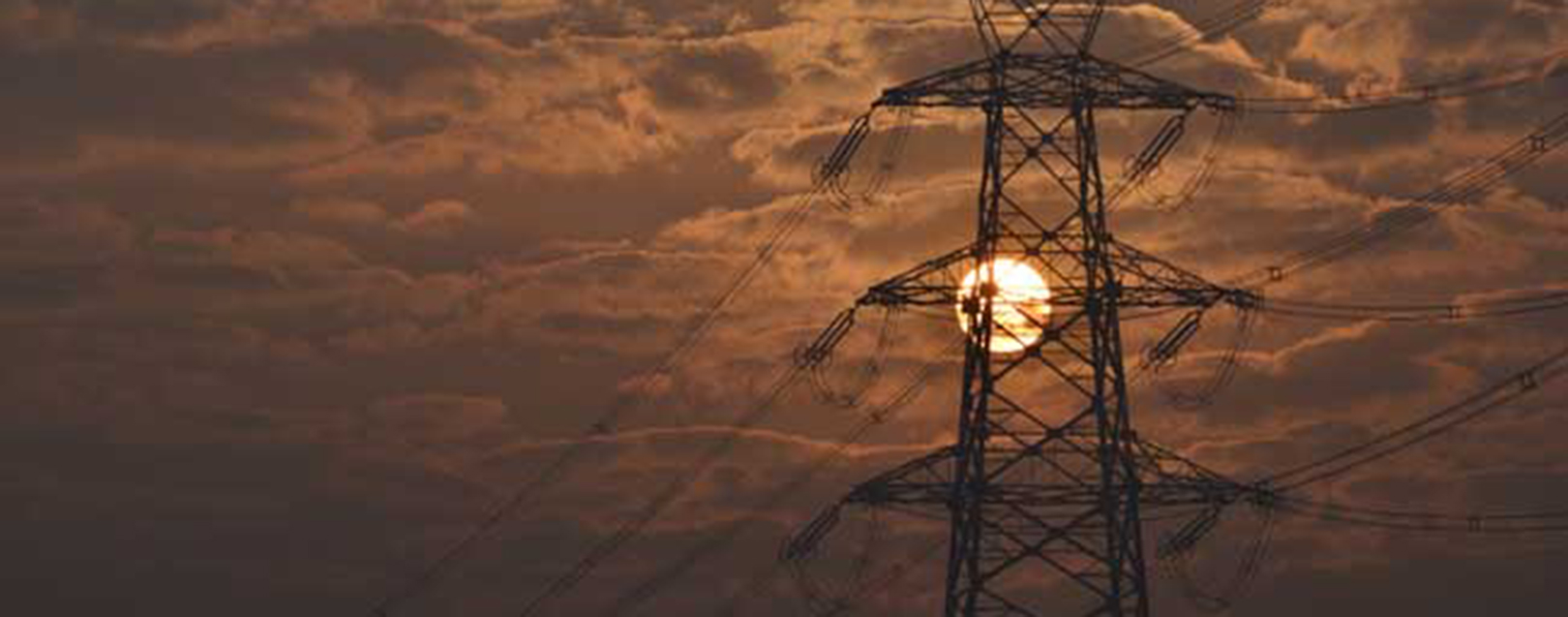
Powering up to get powered?
Another Power Trade Agreement (this time, with Nepal) to help another energy starved nation will not help solve India’s 'own' power woes. Or is there a smarter strategy behind the PTA? Steven Philip Warner | The Dollar Business Did you get a chance to watch the SRK-starrer Swades? If yes, we need many SRKs doing what SRK did in that flick. Strangely, what’s making headlines is a different story. India is the world’s fifth-largest producer of power. One line that calls for some celebration. But the only line. The rest is a tale that oozes tears. Over a fourth of Indians have no access to power. That’s 300 million-plus we’re talking about, almost the population of America! During FY2014, India’s power shortage was almost 43,000 MU (million units), and going by what happened last fiscal, this year, the country is bound to experience an energy shortage of over 5% (a fact confirmed by the Load Generation Balancing Report 2014-15 of the Central Electricity Authority, the planning body for the power sector). As per the report estimates, India’s North-Eastern region will witness an energy (power) supply deficit of 17.4% (with the requirement being 14,823 MU and supply being 12,248 MU), North India a deficit of 3.1%, South India a deficit of 12.7%, and East India a deficit of 3.4%. West India is the only region where supply will almost fulfil requirement (a surplus of 0.3%). Having painted a numeric picture of what is most likely to occur this year, we have a question to ask – Is India’s exports of power justified? Why this question at this juncture is quite interesting. India – which is a power-starved nation, already supplies 500 MW of power to Bangladesh at prices that are much below the levels in India. In fact, there is already a plan in place to augment this power supply to 1,500 MW over the next few years. [Read ‘Power Diplomacy Gone Haywire’ story that was featured in the July 2014 issue of The Dollar Business magazine. Satyapal Menon, was right in observing how India’s policy has to change in this respect.] Looks like the new government did actually miss out on reading that story. News came in this week that India has proceeded to finalise a power exports agreement with neighbouring Nepal! One question that comes to mind in the face of such a deal is – “What’s happening?” We have nothing against our SAARC cousin. Nepal buys fuel, automobiles, iron, cereals, cycles and many more products from India. In fact, the existence of this Koirala-led nation is a moral boost to India’s trade; it’s a nation with whom we run a bilateral trade surplus. But despite our condolences to our neighbour, whose policy (and infra) system has gone asymmetric due communist insurgency over the last decade and is therefore facing immense power shortage, we should first set our own house in order before helping our neighbours. If the agreement was all about helping Nepal build hydroelectric power plants, we would have been elated. But to actually export a produce that is much-needed in our own nation is beyond logic. Some say, it makes sense to extend a helping hand to a nation that witnesses power cuts of over 12 hours each day during summers. Then pray tell, what is happening in the twin cities of Noida and Ghaziabad – two commercially active locations that are abuzz with activity and bear the potential to become the next Gurgaon or Bangalore? [Forget imagining what is happening in the heart of Jharkhand or even in a hill station like Darjeeling!] We have a new government. Agreed. And perhaps smarter than what we had in the yesteryear. But we do need to adopt a capitalistic approach. Remember how the smart and well educated air hostess outlines it clearly during her safety instructions drill – “In case the cabin pressure falls, oxygen masks will drop down from the panel above your seat. Please ensure you have your masks on before helping your fellow passengers!” I think we need to send a word of reminder to our policy ‘power’ players. The Power Trade Agreement (PTA) looks skewed on paper. Perhaps there is more to the umbrella agreement that we have inked or are most likely to do so in the next week or two. We know this government can do more than what it can on paper. It has the potential. But without adequate power (and they export it to LDC category neighbours), the government cannot even imagine reducing trade deficit that India already runs. [We have to cross the $500 billion in exports in another year or two, remember?] Onlookers also comment that there is a shrewd strategy to actually help Nepal in the near term, so that the benefits pour on India in the long run. The intellectual and capital investments that the Indian government will make in establishing the 7,000 MW hydroelectric power generation centre in Nepal will actually enable the nation to export power to India a few years later. It is yet to be seen what the overall plan is like, but there are concerns that the PTA with India may curtail Nepal's freedom to negotiate power trade with other foreign governments. If India does benefit in this manner, the PTA will get counted as one that is pro-India, strategically and logically. But that is of course expecting that this PTA doesn't become a repeat of that signed in 1996 which did not become reality due to Nepal's inability to implement enough number of hydroelectric power projects. We do hope all our policymakers have a smart strategy tucked neatly in their pockets. And if not, we at least hope they recall the safety drill instruction they heard that last time they boarded a plane. It’s important. SRK sweat it out to give a village power in Swades, because he had the emotional and capital surplus to do so. He had a strategy in mind too. And of course, the place he came from (USA) had no power deficit! What do you think?

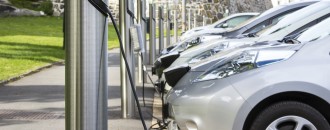
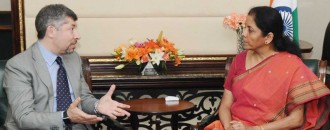
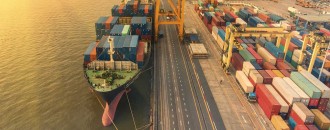
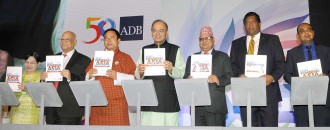

 to success.
to success.